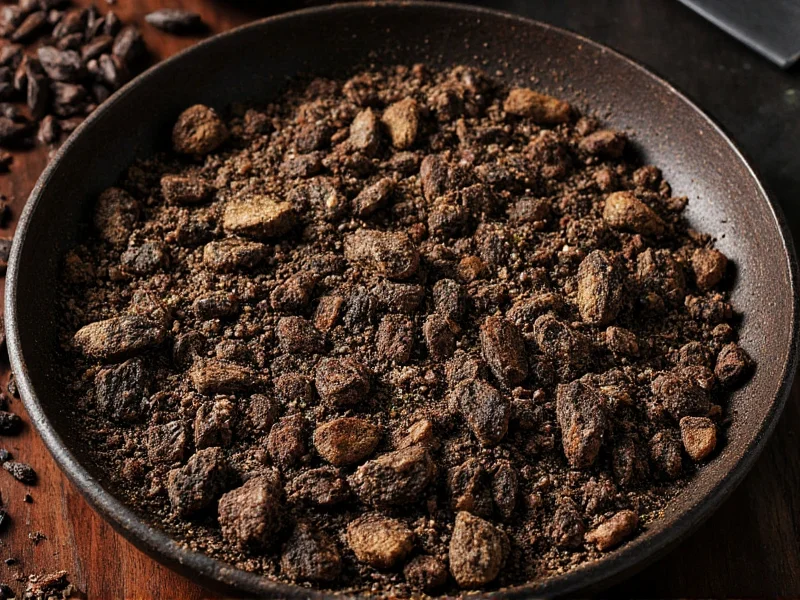Understanding Charcoal Grill Seasoning
Many beginners confuse charcoal seasoning with adding flavor to food, but it actually describes the essential preparation process for new grills. Unlike cast iron cookware that requires regular seasoning, charcoal grills typically need only one thorough initial seasoning before first use, though maintenance touch-ups may be necessary over time.
Why Seasoning Your Charcoal Grill Matters
Seasoning creates a protective barrier between bare metal and environmental elements. Without this crucial step, your grill faces immediate risks of rust formation, particularly in humid conditions. The polymerized oil layer serves multiple purposes: it prevents food from sticking to cooking grates, reduces flare-ups by creating a smoother surface, and most importantly, significantly extends your grill's operational life by protecting against corrosion.
Essential Materials for Proper Charcoal Seasoning
Successful charcoal grill seasoning requires specific materials that can withstand high temperatures without breaking down. You'll need:
| Material | Purpose | Recommended Options |
|---|---|---|
| High-smoke-point oil | Creates the protective polymerized layer | Canola, grapeseed, or avocado oil |
| Clean cloth or paper towels | Application of oil | Cotton cloths without lint |
| Grill brush | Surface preparation | Stiff-bristled stainless steel brush |
| Heat-resistant gloves | Safety during process | Silicone or leather gloves |
| Charcoal or wood | Heat source | Hardwood lump charcoal |
Step-by-Step Charcoal Seasoning Process
Follow these precise steps for effective charcoal grill seasoning:
- Thoroughly clean all surfaces - Remove manufacturing residues using warm soapy water, then dry completely
- Apply thin oil coating - Using a cloth, apply a thin, even layer of high-smoke-point oil to all interior metal surfaces including grates, bowl, and lid
- Remove excess oil - Wipe away any pooling or dripping oil to prevent sticky residue
- Build proper charcoal arrangement - Create a two-zone fire with coals on one side for indirect heating
- Heat gradually - Start with medium heat (300-350°F) for 30 minutes, then increase to high (500°F) for another 30-60 minutes
- Cool naturally - Allow the grill to cool completely with the lid on before using
Maintenance Tips for Long-Lasting Seasoning
While the initial seasoning creates the foundation, proper maintenance preserves your charcoal grill's protective layer. After each cooking session, while the grill is still warm (but not hot), remove food debris using a grill brush. Apply a light coat of oil to cooking grates before storing your grill. During extended periods of inactivity, particularly through winter months, consider applying an additional protective oil layer. Avoid using harsh chemical cleaners that can strip away the seasoning layer.
Common Charcoal Seasoning Mistakes to Avoid
Many grill owners undermine their seasoning efforts through preventable errors. Using olive oil or butter with low smoke points creates sticky, uneven coatings that burn rather than polymerize. Applying too much oil leads to a gummy residue instead of a smooth protective layer. Rushing the heating process by starting with maximum heat causes uneven seasoning and potential warping. Finally, cleaning the grill with wire brushes immediately after seasoning removes the newly formed protective layer before it properly sets.
Seasoning vs. Regular Cleaning: Understanding the Difference
It's crucial to distinguish between the initial seasoning process and routine grill maintenance. Seasoning is a one-time (or occasional) process that creates the foundational protective layer, while regular cleaning removes food debris and ash after cooking. Many beginners mistakenly believe they need to re-season their grill after every use, which isn't necessary and can actually damage the protective coating. Properly seasoned grills only require light oiling after cleaning, not full re-seasoning, unless significant rust appears.
When to Re-Season Your Charcoal Grill
Monitor your grill for signs that indicate it's time for re-seasoning. Visible rust spots, particularly if they're spreading, signal that the protective layer has failed. If food begins sticking consistently to cooking surfaces that previously released food easily, this suggests the seasoning has worn thin. After deep cleaning that removes significant carbon buildup, or following exposure to harsh weather elements like heavy rain or salt air, re-seasoning becomes necessary to restore protection.











 浙公网安备
33010002000092号
浙公网安备
33010002000092号 浙B2-20120091-4
浙B2-20120091-4